Chiharu Imai’s garden featured some great pines. Some of these were far more developed than others. Seeing less developed trees next to more mature specimens made it clear how bonsai can develop and improve over time. The juxtaposition also made it clear that Imai can do great work at both ends of this spectrum.

White pine with interesting deadwood
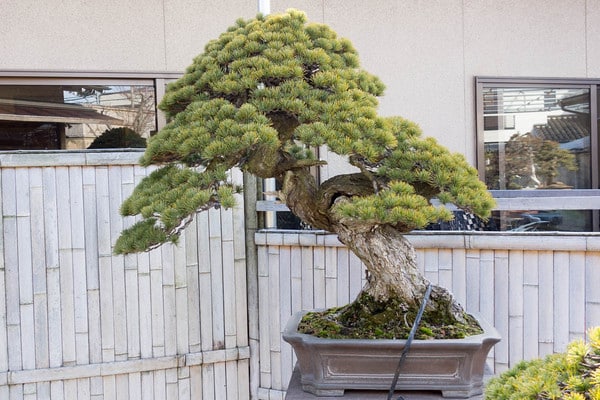
Large white pine
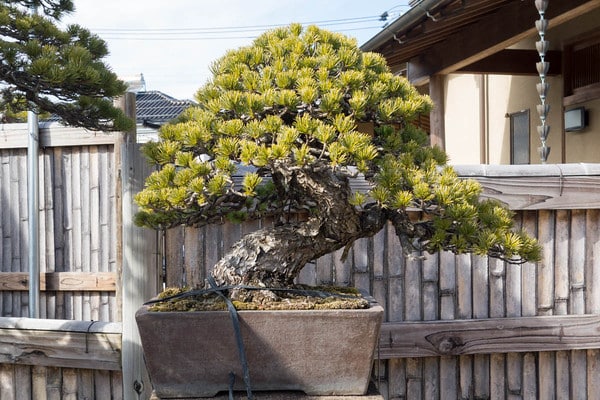
Another nice white pine
As is typical during the winter months, the outdoor pines had turned yellow while the pines kept indoors retained their green hue.
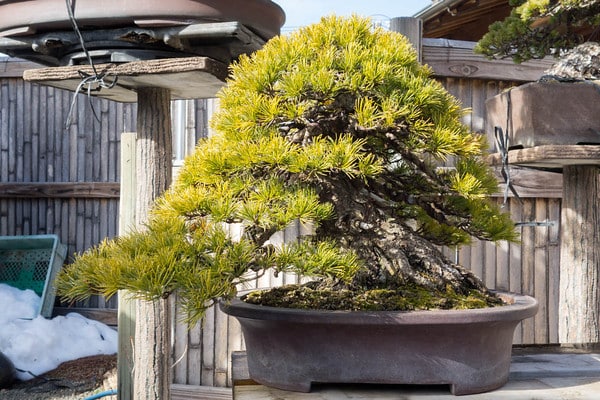
White pine
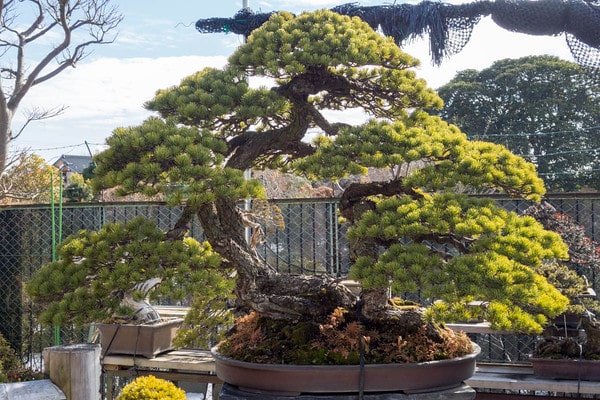
Multi-trunk white pine
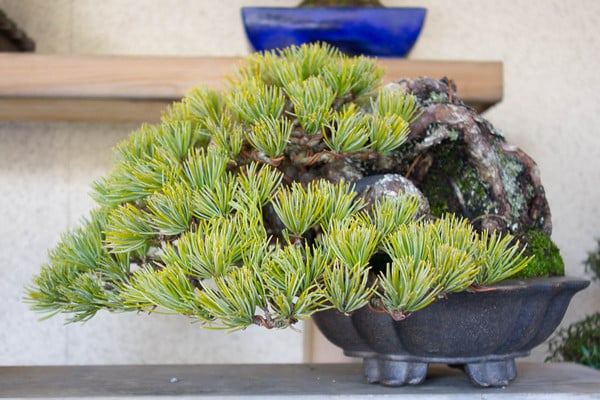
A small white pine
A number of the younger specimens had recently been wired. And although they look good now, they’ll look even better when the branch pads fill in.
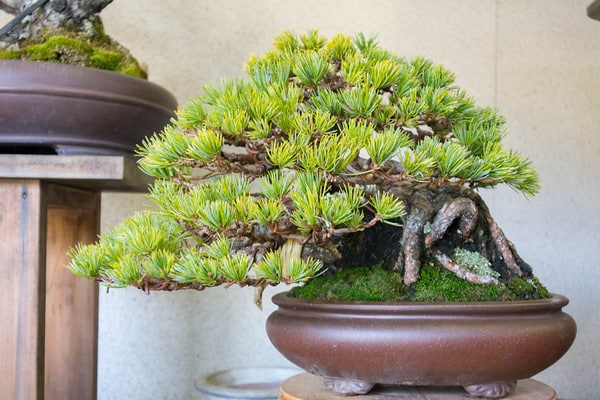
White pine
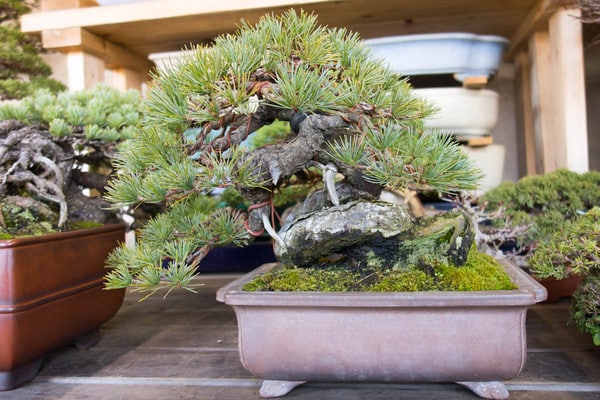
Twisted trunk white pine
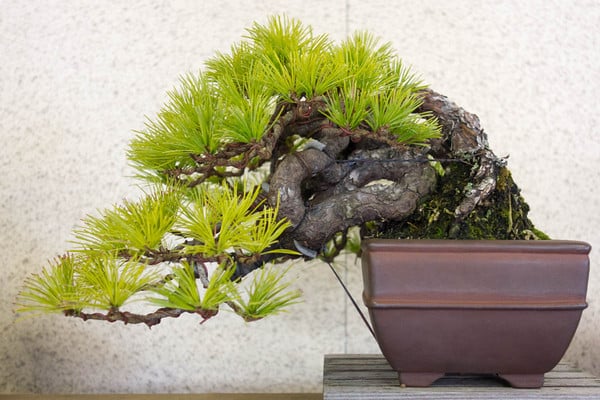
Semi-cascade white pine
The black pine below has a fun trunk and a good start on the branches. For those thinking about styling pines, do you think the tree points left or right?
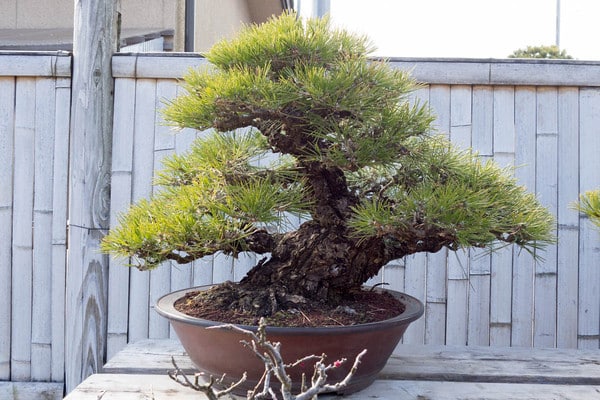
Black pine
Some heavy bends have produced a nice silhouette in this young white pine.
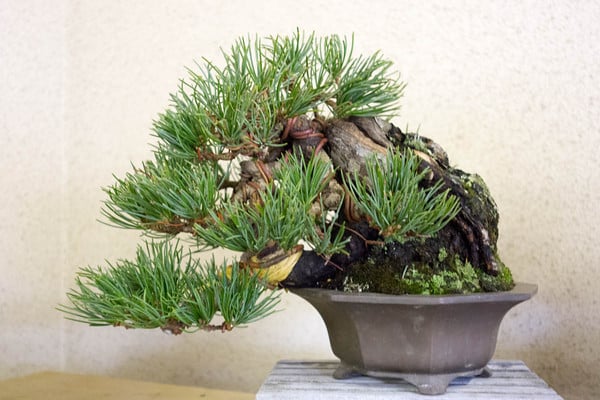
White pine
Great bark and interesting movement will make for a fun tree when the branches fill in.
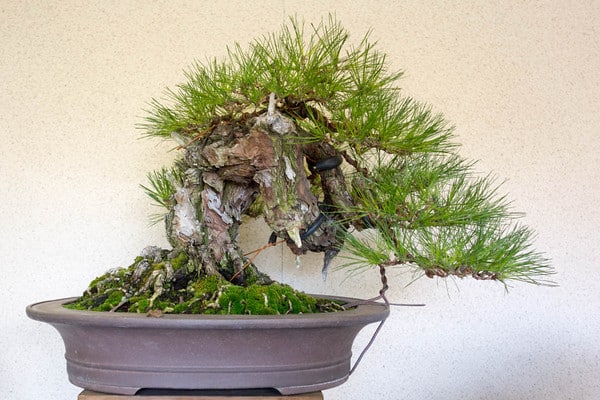
Black pine
And as for the white pine below, I’m very curious about the tree’s future. Any guesses?
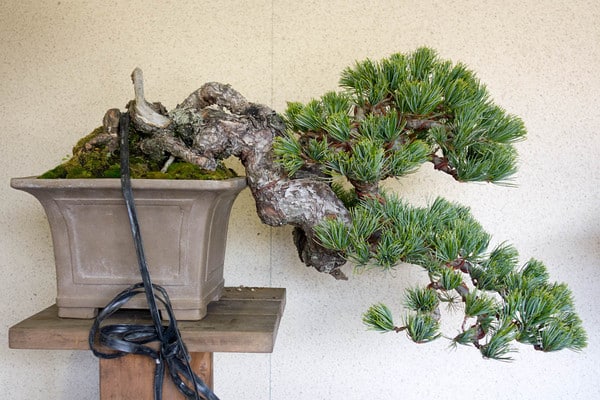
White pine
Subscribe to Bonsai Tonight
New Posts Delivered Every Tuesday and Friday
zack Clayton says
That pine is ambiguous. The top leans left and it could point that way with some developement. But, the trunk and that first branch is so strong and heavy feeling it points the way to an exhibit on the right side of the tree. In that view, the top is almost superfluous.
Jeremy Norbury says
It points right…